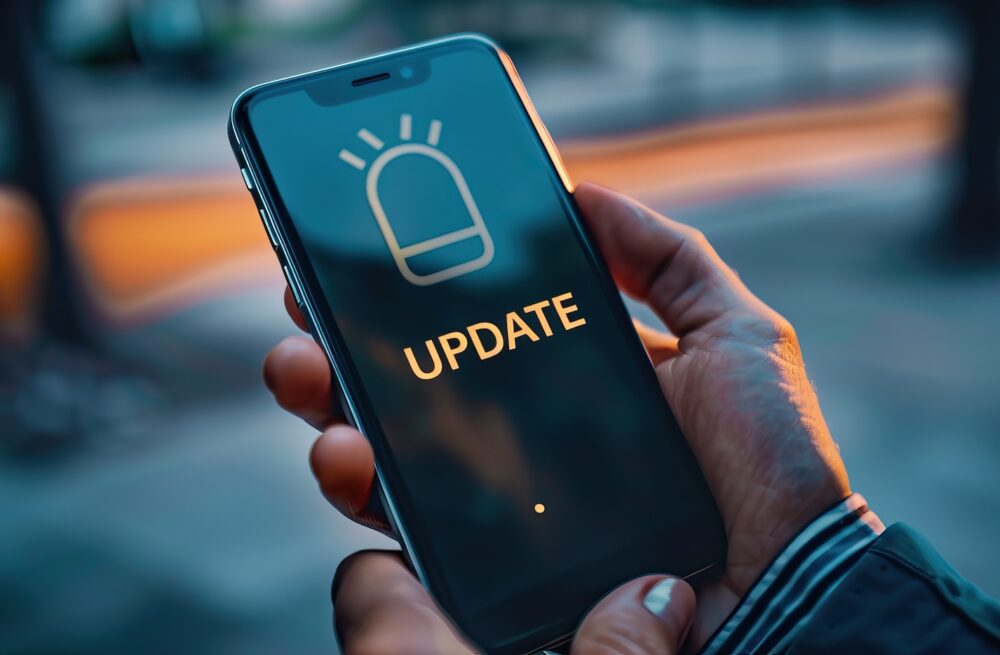Keeping your software up to date might seem like a hassle, but neglecting updates is one of the easiest ways to leave your systems open to cyber threats. Hackers are always on the lookout for vulnerabilities, and outdated software is like rolling out the red carpet for them.
But how can you tell when it’s time for an update? Should you always rely on your computer to notify you? Here are five signs that your software is due for an update, along with some tips to make sure the process is smooth and secure.
- End of Support for Your Software
When a software provider stops offering updates, it’s a huge warning sign. Unsupported software is a prime target for cybercriminals since it often contains unpatched vulnerabilities. Keep an eye out for any notifications from your software vendors about end-of-life support, and don’t wait to upgrade.
Pro Tip: Don’t wait for the software to malfunction before upgrading. Transition to newer versions while support is still available to avoid downtime.
- Sluggish Performance
If your software starts to drag, it could be a sign that it’s out of date. Newer versions are usually optimized for better performance, and hanging on to an outdated version can slow down your entire system.
Pro Tip: If you notice performance issues, check for pending updates or manually download the latest version from the provider’s site.
- Security Alerts Are Popping Up
If your security software flags vulnerabilities in an application you’re using, it’s time for an update. Cybercriminals thrive on weak spots in outdated software, so always take these alerts seriously.
Pro Tip: Use security tools that integrate with your software and can notify you when updates are required. Always confirm the source of any update alerts before acting on them.
- It’s Been 6 Months Since Your Last Update
If it’s been more than six months since your last update, you’re likely overdue. Software providers frequently release updates to fix vulnerabilities and enhance functionality, so don’t let half a year pass without checking.
Pro Tip: Set reminders to regularly check for updates, especially for critical systems like your operating system or security software.
- New Features Have Rolled Out
Updates aren’t just about security—they can also introduce new features that boost productivity or add valuable functionality. If you’re missing out on cool new tools, you’re likely behind on updates.
Pro Tip: Stay informed by following software provider blogs or signing up for update notifications so you’re always aware of the latest improvements.
How To Ensure Safe Updates
While keeping your software updated is essential, it’s equally important to do it safely.
Here’s how:
- Verify The Source: Only download updates from the official website or trusted app stores to avoid malware.
- Back Up Your Data: Before any major update, back up your files to ensure nothing critical is lost.
- Restart Your Device: After completing an update, restart your system to ensure everything installs properly.
Leave it to the experts
The most recommended approach is to implement Vulnerability Management. Your IT Provider should be offering you vulnerability management which will help identify security issues with out of date software and then proactively help you update your applications. This goes well beyond typical application updates and also looks for vulnerabilities in firmware, hardware, software and configuration settings and is able to do so across all devices on your network. This can include phones, thermostats, cameras, computers and even your smart fish tank!
By staying proactive with your updates, you not only improve performance but also fortify your network against potential attacks. Don’t wait for disaster—keep your software current and your systems secure.
Need help managing your updates? Contact us at 856.552.3535 or click here to schedule a consultation.
We are here for you
Have a technology issue or question? Wondering if your current IT is really protecting you?
Setup a free, no obligation 15 minute chat with Darren by clicking below.
Tip! Be sure to ask Darren how to get a Cyber Risk Assessment at no charge!







